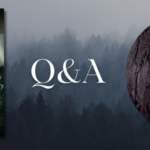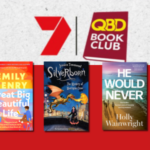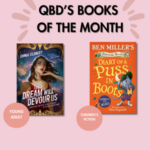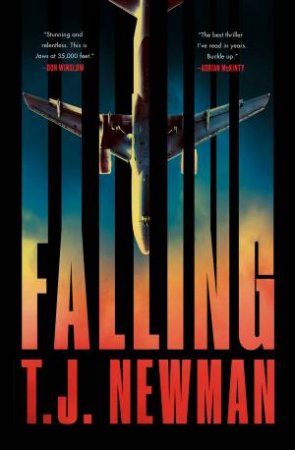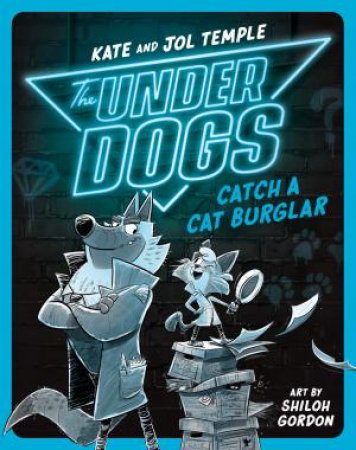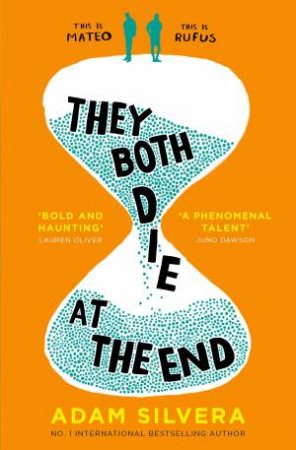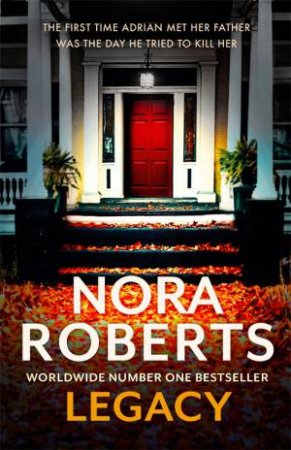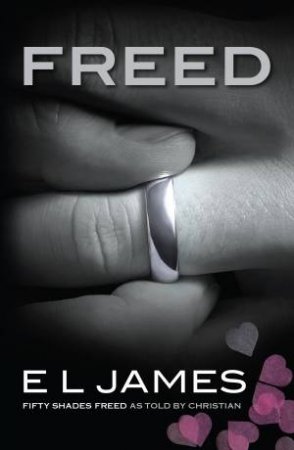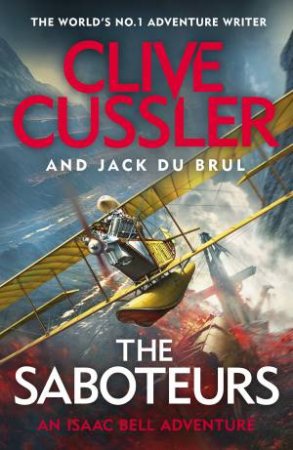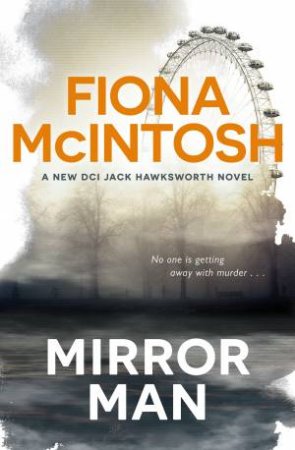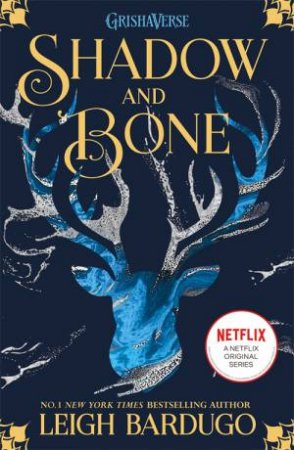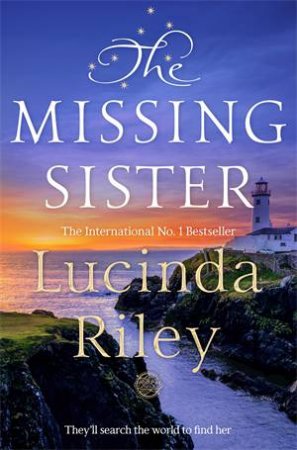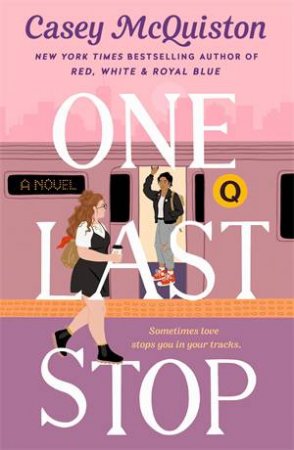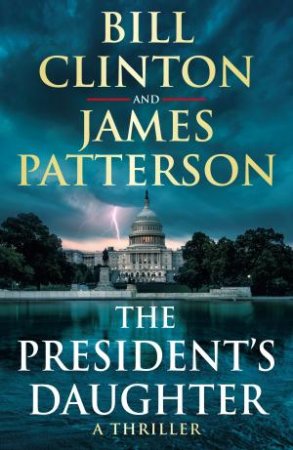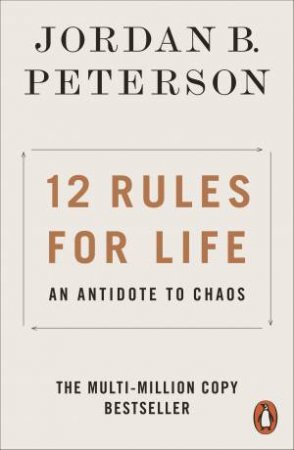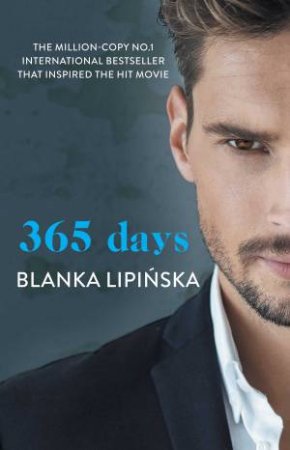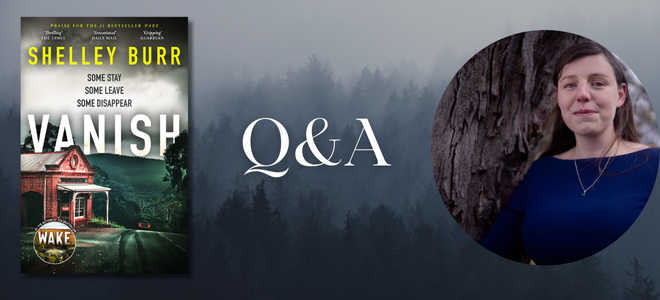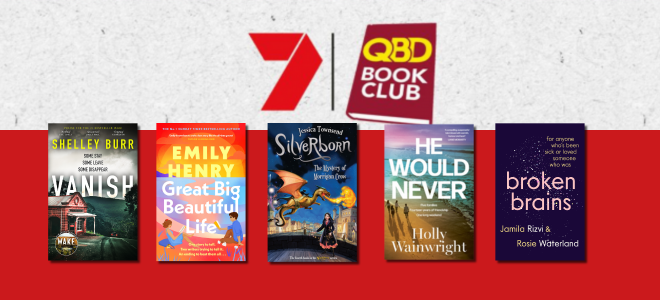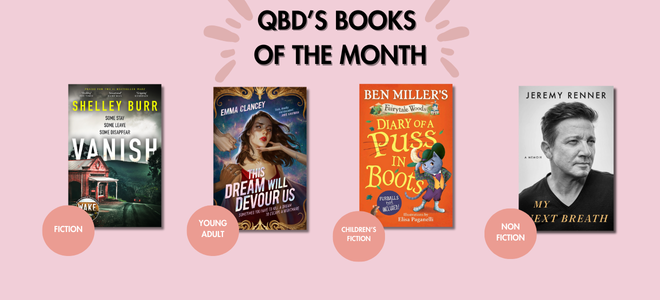Our well-read Woden team have spilled the beans on what they’ve been reading in this week’s Spotlight on QBD!
 Tell The Truth, Shame The Devil by Melina Marchetta:
Tell The Truth, Shame The Devil by Melina Marchetta:
Melina Marchetta holds a very special place in the hearts of Australians, her books dealing with coming of age in a multicultural Australia are considered de rigueur for a generation of young adult readers. Tell the Truth, Shame the Devil is her first foray into adult fiction and she doesn’t disappoint.
Chief Inspector Bish Ortley of the London Met receives a call that his daughter has been caught up in a bomb attack at a camp ground in France. As he races to her side his past is about to catch up with him because on site is Violet LeBrac, daughter of the infamous Noor LeBrac, the terrorist he helped put away 13 years ago. As the Police investigate the bomb attack and their attention turns to Violet, Bish will be dragged back into the web of LeBrac family history.
Thus begins a great read, a thrilling crime novel, a story of family ties, and, with Melina’s signature style, a story of growing up in truly tumultuous times. – Rachel
Girt: The Unauthorised History of Australia by David Hunt:
History’s role is to inform. But what it informs us depends on the person writing it. What we usually don’t learn about are the murkier things, the oddities and the nonsense items. Yet it is amidst these that David Hunt, in Girt, has penned a satirical, tongue-in-cheek, very funny yet strangely informative account of the history of the Australian continent up until the demise of Governor Macquarie.
Take for example the matter of Joseph Banks, esteemed botanist, discoverer of a multitude of forms of flora and fauna on James Cook’s first southern voyage and eventual President of the influential Royal Society. He was also a womaniser, boozer and spoiled brat, although that did not seem to make it into my secondary school Australian History. Banks successfully lobbied for command of a second voyage down south. But he also demanded rebuilding of an entire ship’s deck to better house he and his mates. The changes so overbalanced the ship that Cook refused to sail it. Banks had a dummy spit and quit the voyage – although he forgot to tell the woman travelling under her own means to Madeira, dressed as a man – expecting to meet Banks when Cook’s second voyage finally arrived. This is typical of the fun in Hunt’s writing.
Hunt’s second book in the series, True Girt, was short-listed for the 2017 Russell Prize for Humour Writing and Girt is easily up to the same, delightful standard. – Ross
 Ready Player One by Ernest Cline:
Ready Player One by Ernest Cline:
Ready Player One is a rare breed of book. It seems that rather than creating the plot and the way that the characters fit into it, the author decided to create a list of numerous 80’s references and built the plot around these references. As a result those that enjoyed geek pop culture from the 80’s are in for a very strong nostalgia trip. However, do not let this deter younger readers as the book still has themes relating to millenials. Virtual reality, climate change, economic stagnation and fear of the future are the novels larger themes. The plot revolves around the main character Wade Watts who escapes real life by playing Oasis, a ubiquitous MMORPG in which anything can happen and to which almost the whole world is addicted.
The creator of the Oasis (James Halliday, not the wine guy) has since passed away leaving his immense fortune behind to whoever completes his challenges and finds the keys to his “Easter Egg” in Oasis. Whoever finds the Easter egg will acquire Halliday’s immense fortune and control of the Oasis. So begins Wade’s quest to complete all the challenges before the other competitors and to control Halliday’s fortune.- Alex
Commonwealth by Ann Patchett:
We are often told not to judge a book by its cover, but in this case I ignored that and I do not regret it one bit.
Patchett is well known for her earlier imaginative novels Bel Canto and State of Wonder, but this new novel is quite a new departure and clearly autobiographical. As she knows her subject matter better than anything else in the world, she brings all her considerable skills to the creation of the blended Keating and Cousins family.
In the 60s in Los Angeles, at a Christening party for baby Franny Keating, Bert Cousins, an assistant DA, arrives with a bottle of gin and leaves with the heart of the baby’s mother Beverly. Thus begins the blending (or commonwealth) of their 6 children as they leave California to settle in the Commonwealth of Virginia. The long set-piece chapter on the christening party would make a fine short story on its own, and the later stories of the children’s lives as kids and as adults refer back to it often.
All the children and adults have chapters seen from their point of view: a meeting with a novelist who steals their story, accidental arson, a meditation retreat in Switzerland and more. But central to the story is a death. An event only hinted at initially, then developed image by image until the truth is revealed. There is a gun, but why is it there?
The beautiful mother whose actions set this story in motion catches the eye but is almost silent throughout the book. Her voice is passed on in the chapters devoted to the main character Franny, who was the babe in arms when her mother and Bert Cousins first kiss (dirty nappy and all).
Commonwealth is not a novel of events or of finding a solution, it ends in the way that family life does: by not ever ending. It is a masterful novel, that is perfectly controlled and in which not all questions are or can be answered.
This is my novel of the year so far. – David
 The Boy Who Saw by Simon Toyne:
The Boy Who Saw by Simon Toyne:
The Boy Who Saw is the second in a truly unique new series, a fast paced thriller with a good dose of mysticism. Following on from the first book Solomon Creed, we find Solomon, still with amnesia, again drawn to a person who he believes he must save, but from what or whom?
When a tailor in Cordes in southern France is killed in a horrific manner a conspiracy spanning decades and dating back to WWII will be uncovered but what is Solomon’s part in the past and will he come any closer to learning his identity?
This sequel continues the same great characterization and exciting plot line. Simply a must have for any fans of Dan Brown or David Baldacci. – Rachel
The Rag Tag Fleet by Ian W. Shaw:
Kokoda and the New Guinea campaign in World War II are part of the Australian psyche. But it couldn’t have happened as it did without supplies – bullets, bombs, food, fuel etc. But the New Guinea coastal area is largely shallow and ridden with reefs ready to rip the hull out of ships. There were insufficient airfields capable of carrying larger aircraft loaded down with the necessaries. So how did all those crucial supplies get delivered to make the Kokoda victory possible?
Enter the Small Ships Section. This was a fleet of small vessels capable of delivering to those problem areas. Harassed by Japanese fighter planes while barely armed themselves and battling the elements as well as the treacherous coast, the ships and crews achieved what the rest of the naval and air forces had been unable to do. While nominally sailing under the US Navy, these were mainly Australians, either too young or too old for regular service. However, it was a great disappointment to realise just how reluctant Australian authorities were for decades to recognise that service.
Ian W Shaw has continued his usual theme of researching Australians at war, unearthing the little-told stories. And, also as usual, as much as possible of it is told through the eyes and words of the participants, bringing a more human touch to his narrative. – Ross

